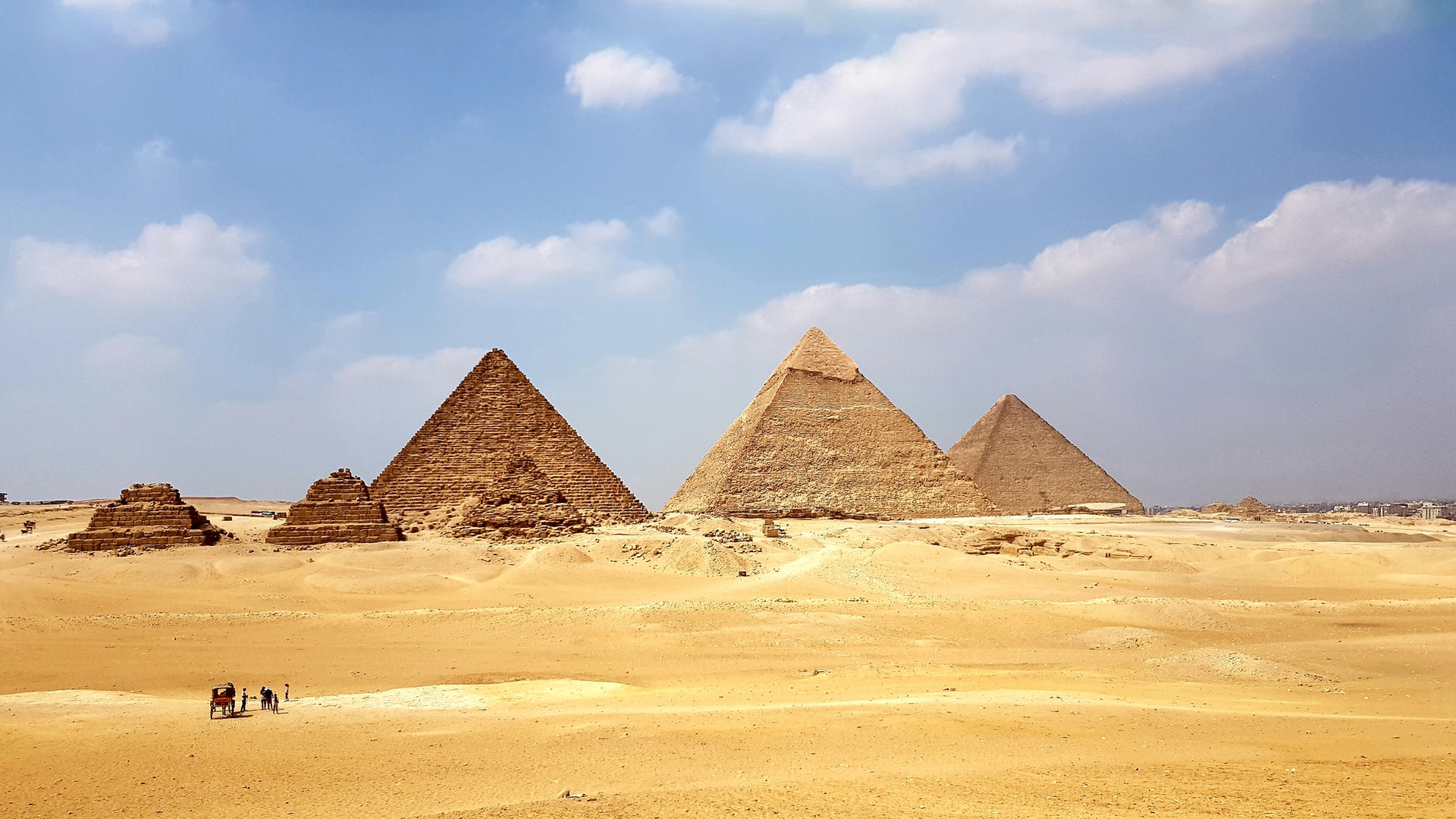


Learning Arabic, and especially learning the Arabic alphabet, can be intimidating.
It’s a bunch of different letters, is written in a different direction, and has a few rules that you need to keep in mind.
Hard work indeed! I’ll be honest: learning the Arabic alphabet takes a bit of time. And learning how to actually use it takes longer.
But it’s definitely doable. And really – it’s not even that difficult. Or at least not as difficult as you first assume! I promise. In this post, I’m covering some of the most important information about the Arabic alphabet.
This includes the letters themselves, the four most important features of the alphabet (and why they are relatively easy to grasp), and tips for learning it.
I’ll even talk about if learning the Arabic alphabet is worth your time. Spoiler alert: it is, especially if you want to use the StoryLearning method. Let’s get started!
By the way, if you want to learn Arabic through stories, not rules, then I have some great news for you!
My course, Arabic Uncovered, teaches you Arabic through the StoryLearning® method! It’s fun, easy, and effective! Get your free 7-day trial here.
Let’s first go over the entire Arabic alphabet. In the table below, you see all 28 Arabic letters.
For each letter, you see what it looks like in the “isolated” form (more on that later), what the letter is actually named in Arabic, and then an approximation in English of what the letter sounds like.
Let’s give it a look.

Let’s move onto some features of the Arabic alphabet. I’ve narrowed it down to the four most important “rules” you need to know. In all honesty, none of these are really that difficult. But they are weird at first!
This is the first thing you should know (and probably already do) about Arabic. This can be intimidating at first.
Writing right to left is new for most people and takes some getting used to. But just like anything, time and practice are the key ingredients here. And you get used to it pretty fast. Plus, even though it’s right to left, it still follows the “one horizontal line at a time” reading style of most languages.
Once you practice (even just a little), the fact that you write Arabic right to left is more like a “party trick.” Not an actual barrier to learning.
One thing to keep in mind: if you are right-handed and use a pen, you might end up with a little ink on your hands. But you’ll finally understand the pain of left-handers!
Well….at least most of them. You don’t write Arabic words as individual letters (like handwriting) but connect them together. That makes it somewhat similar to cursive.
Now, I did say “most of them.” That’s because some letters introduce a “break” in the connection of the letters. A good example is the very first letter ا (alif).
This will always create a gap, forcing the next letter in the word to take it’s “isolated” form (see next feature of the Arabic alphabet).
Usually, though (as my Arabic teacher told me), the letters get “jammed together.” The reason this is confusing at the beginning is that it can slightly change the look of the letters themselves.
Which brings us to #3…

This probably causes the most confusion for beginners.
To put it in other words: a letter will look different in an Arabic word if it’s at the beginning (initial), the middle (medial), or the end (final) of the word.
Sound confusing? It’s really not, with a little practice. Let me explain.
The table you read above presents Arabic letters in their isolated form (just what I call it).
That is, by itself and unconnected to a word.
Once you actually use it in a word, an Arabic letter can (but sometimes does not) change its look.
It’s important to note here that most of the letters don’t look that much different when they change. Regardless of where they are found in a word, most Arabic letters are quite consistent.
Easy to guess for beginners!
That said, some letters DO take on a different form. This can be a bit confusing at the beginning. But it really just requires a little bit of rote memorization. And like I said at the beginning – it just takes time.
Let’s quickly look at the letter ع that I already mentioned, as well at what the letter looks like at different spots in three different Arabic words.

You read that right! Arabic officially doesn’t have vowels.
While this sounds really weird for a native English speaker, it’s actually not that much of a problem at all. That’s because Arabic does in fact have letters that make vowel sounds. These are the last three letters in the Arabic alphabet: the ه, the و, and the ى.
You see, Arabic is based on a “root system.” This means that any variety of words can usually be created from the “root” (usually three letters) by adding other letters.
As just one example, the root كتب (write), depending on what letter you add (and where), can become: writer, library, book, and student.
You’ve probably noticed that all of these words are slightly related. Another cool feature of this “root” system!

Now that we’ve covered the Arabic alphabet and four important features you need to know, let’s talk about how to actually learn it.
That shouldn’t exactly come as a surprise. But here I’ll give you three specific suggestions.
Writing is definitely the first thing you should do. It’s the best way to become comfortable with the Arabic alphabet. Start with the individual letters.
For a beginner, Arabic letters look more like complicated pictures than letters. But that complication goes away soon enough.
After you’ve mastered the individual letters, practice writing full words. It doesn’t even matter if you know what they mean.
Writing Arabic naturally forces you to become acquainted with the shapes of the letters. And that will improve your ability to understand the Arabic alphabet much quicker.
There are plenty of websites where you can find exercises writing full Arabic words. Use them to your advantage!

Reading in Arabic will further internalize how Arabic works. Especially how the letter forms change. Same thing this time with the internet.
Really any material of any difficulty level (at least at first) will do just fine. That’s because the comprehension of the language when first learning a new alphabet isn’t even the most important thing. Rather, the familiarity with the alphabet is.
Check out this list of the 11 best books for learning Arabic for some reading inspiration.
This is where you take a word and break it down into its component letters. Of course, with Arabic, it’s not as easy as just splitting the word “happy” into h+a+p+p+y.
Remember (as my Arabic teacher told me): Arabic letters get “jammed together.” This means that Arabic letters in a word are basically cursive and that they change their form depending on where they are in a word.
While this is confusing at first, it gets much easier to understand. I promise. In fact, if you have been writing and reading Arabic (even without understanding everything), this has probably already happened naturally!
Because you’re probably seeing the letters that make up the words. And that’s fundamental to understanding how the Arabic alphabet works.

The question you’ve been waiting for! And it’s a valid one. Because let’s be honest: Arabic isn’t exactly a walk in the park.
Plus, if Arabic learners are interested in communicating with Arabs, I usually recommend they pick Egyptian Arabic. Not Standard Arabic, which is much more formal.
So that means learning the Arabic alphabet is a waste of time….right? Not at all.
If you're learning Arabic (regardless of your reasons), it’s 100 percent worth your time to learn the Arabic alphabet.
There’s only so long that you can get by without learning it. Eventually you will run into trouble. And when you do, it can be super frustrating.
Ok, so maybe you are just learning a few Arabic phrases here and there.
In this case, maybe you can get by with transliterations (writing what the word sounds like in your language instead of the word in the actual Arabic script).
But if you’re serious about the language? Then you should definitely invest the time in learning the alphabet properly! Because it makes understanding learning resources so much easier.
Plus, if you are planning on spending anytime in the Middle East, pretty much everything is written in Arabic. This includes signs, menus, and anything else that has words on it.
Learning the Arabic alphabet is well worth your time. Whether you are a complete beginner, or already know a few basic Egyptian Arabic compliments.
Trust me on that one!

I hope I haven’t scared you off yet.
A theme that I have in my posts about Arabic is that it’s a difficult language to master, but not that hard to get the basics down.
And the alphabet is no different.
I mean it when I say this: you can learn the Arabic alphabet from complete scratch (and how the letters look in different words) in just a few days.
That’s not being over-optimistic.
Add in a little bit of practice (and an understanding of the four main features) and you are on the right path to learning Arabic alphabet.
Your future self will thank you!